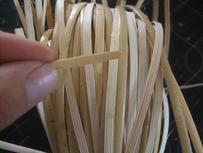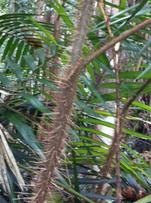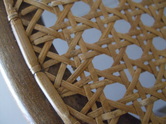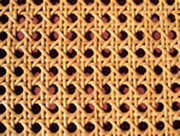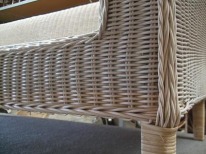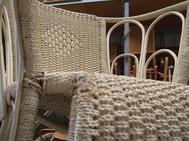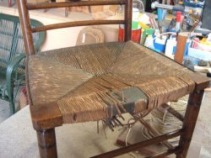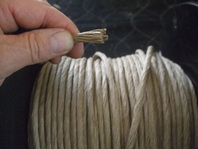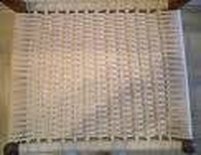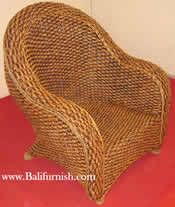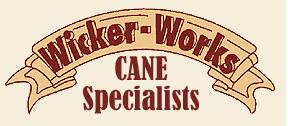Cane Material Info |
|
What Is ...
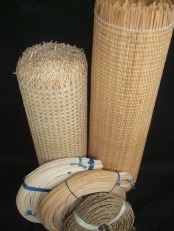
Cane Materials
This is where you can check out all the various types of raw materials which are used in the manufacturing of cane and wicker furniture. .
Listed below you will find the name of the raw material with a brief description and the use the material has.
What Is Wicker, Cane, Rattan, Chair Cane, Reed, Willow, Seagrass, Rush, Fibre Rush (Paper Cord), Danish Cord, Water Hyacinth and Bamboo?
Listed below you will find the name of the raw material with a brief description and the use the material has.
What Is Wicker, Cane, Rattan, Chair Cane, Reed, Willow, Seagrass, Rush, Fibre Rush (Paper Cord), Danish Cord, Water Hyacinth and Bamboo?


